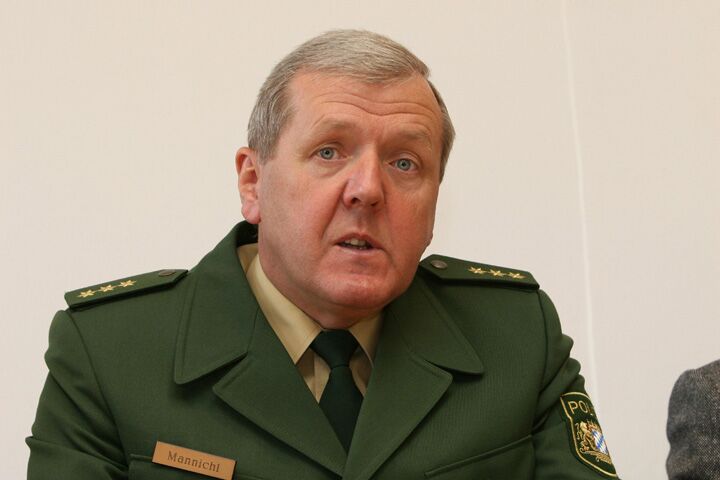
Neo-Nazi Attack in Bavaria Confirms Widespread Problem
German right-wing extremism has long been viewed by many as a problem confined to eastern Germany. A recent knife attack on the police chief of Passau, however, confirmed it is an entrenched problem in Bavaria as well, according to Spiegel Online.
In a cold, deliberate attack, on the evening of December 13 a skinhead turned up on the doorstep of Alois Mannichl’s house, rang the bell, and then stabbed the police chief. The knife missed his heart by inches.
Investigators believe neo-Nazis wanted revenge on the police chief, who was known for his committed anti-Nazi stance.
This is certainly not the first time this city has been touched by Nazi violence—far-right crimes in Passau have doubled this year. Bavaria’s intelligence service estimates there are about 1,100 violent neo-Nazis in Bavaria and about 10,000 in Germany.
Bavaria’s interior minister, Joachim Herrmann, said the assault showed that neo-Nazi violence has risen to a new level. “This attack on an individual prominent representative of the state is new,” Herrmann told Spiegel Online. “We must take this escalation of violence very seriously.”
Some German media commentators are warning that the country faces a very real threat from the far right and isn’t doing enough to combat it. The center-left Süddeutsche Zeitung wrote (emphasis ours),
There’s something ritual about the debate over right-wing extremism. If something unusual happens, an attack on foreigners or a big demonstration by neo-Nazis, there’s a brief outcry but the excitement dies down again. The constant xenophobic incidents such as daubing graffiti or desecrating cemeteries are barely registered by the public. Right-wing extremism in Germany is a problem one likes to push aside. After all, somehow it always affects “the others,” and society’s middle ground doesn’t feel challenged or threatened. That has changed since the murderous attack in Passau. This time it wasn’t some minority that was attacked. The state itself in the form of Passau police chief Alois Mannichl was the target.
Never before has a single representative of the state fallen victim to such a targeted act of violence. Far-right violence has reached a new, much more threatening dimension. Right-wing extremism in Germany is a slumbering enemy whose danger was long underestimated.
There was one man, however, who certainly did not underestimate this danger. Right back in 1945, the late Herbert W. Armstrong warned that the spirit of Nazism in Germany would not die. Once the Nazis were defeated, Mr. Armstrong said, “a Nazi underground is methodically planned. They plan to come back and to win on the third try” (see Chapter 49 of Volume 2 of Mr. Armstrong’s autobiography).
Far-right views are growing in Germany—and not just on the fringes of society and politics. Read Chapter 1 of Germany and the Holy Roman Empire for more on not only the upsurge in neo-Nazi violence in Germany that has occurred since the Berlin Wall fell in 1989, but also the increasing assertiveness of the German nation as a whole since then. The rest of this booklet will tell you where this trend will lead.
